Everything You Need to Know About ATV and SxS Tires
Your ATV or Side-by-Side (SxS) rolls on four tires, just like your car or truck, and this is one of the more important parts to your machine. Tires are often the first thing people change when they go to customize their machines, too. This is usually due to a performance issue, or an aesthetic one.
As they are the only thing connecting your ATV or SxS to the ground, it’s important to have at least a little tire knowledge.
ATV.com thanks Yamaha for sponsoring this New Rider series.
Types of Tires
Tires come in multiple types and can be highly specialized for different terrain. A tire that works in one, may not work well in another, and there are tires that work reasonably well all over the place. You need to know the different types of tires to know exactly what you need.
- Knobby Tires - The most common tire is a knobby. These tires are a general all-terrain type tire and are characterized by the open tread pattern that consists of rows of knobs. These knobs can be various shapes, including short bar-shaped knobs. A knobby tire works pretty well in multiple terrain types, but can be lacking when the terrain gets loose, like in mud or sand.
- Mud Tires - Mud tires are perhaps the most common aftermarket replacement tire. Mud tires are characterized by the deeper paddle-type tread patterns that dig through the mud and push toward the bottom, searching for traction, while simultaneously clearing the mud away from the tread. Mud tires have tread of various depths, which provides varying degrees of aggressiveness. The more aggressive the tread, the more specialized the tire. A truly aggressive mud tire can really do a number on your lawn.
- Rock Crawling Tires - Rock tires are especially popular with the high-horsepower SxS models, and are designed for gripping, you guessed it, rocky terrain. They are similar to a knobby, but with tighter tread patterns that closely resemble all-terrain truck tires. In fact, many of these types of tires are DOT approved. These tires are known for being extremely tough and flat-resistant, with taller sizes being very common.
- Sand Tires - These are the most specialized form of tires. Sand tires, or paddle tires, are designed for the dunes, and nothing else. If you drive paddle tires on hard-packed terrain much, you won’t have paddle tires for long. They have deep scooped paddle tread made for scooping sand and giving you traction. Front sand tires are designed mostly for floating the front end over the sand. If they have any tread at all, it is usually just down the center to aid in steering.
Ply Ratings
ATV and SxS tires are often rated by the number of plys they have. The ply is the layer of rubber used to make the tire. Most ATV and SxS tires are between 4 and 6 ply thick, with some being 8 and even 10. The more layers of rubber, the tougher the tire is, and harder to puncture. The trade off is that a tire with more layers of rubber is going to be heavier. Keep this in mind if you have to swap out your tires. If you go from a lighter tire to a heavier one, it will likely rob some of your power as it takes more to get the tire rolling.
Tire Height
One of the most common things we see when someone swaps in new tires on their ATV or SxS is a switch to a taller tire. A taller tire adds some more ground clearance and can also, admittedly, look a little bit cooler. Tire height affects a few things, though.
- Gearing - Your ATV or SxS, even if it is a CVT drive model, is geared for the stock tires. Going up or down sizes in tire height affects the gearing. It changes the gear ratio of the drive system and, unless changed, makes your engine work harder to get the additional mass rolling at the same rate as the smaller tire.
- Clearance - While it may look like you have plenty of space to go to a bigger tire on your ATV or SxS, you may not have as much as you think. A change in tire size can affect steering and suspension travel. Going to a taller tire may require a switch in A-arms, and possibly steering geometry to work right.
- Speed - Kind of inline with gearing, running a taller tire will lead to a speedometer reading that is slower than your actual speed. This is because a taller tire has a larger overall circumference, causing it to travel more distance per revolution than the stock tire.
Tire Width
Tire width and shape plays a major role in the handling of your ATV or SxS. Ever wonder why front tires tend to be narrower than the rear tires? This is because a narrower tire gives you better control and more precise steering. Most rear tires have a wider surface to give you the straight forward, traction-providing grip. Some knobby tires have a rounded profile for control, while others, especially rear competition tires on Sport machines, have a very flat profile for added traction. The same can be said for rocky terrain tires, as they are looking to get the most grip.
Tire width also plays a role in the fitment, as adding a wider front tire than a stock tire can decrease the play in the front for turning, making your turning radius wider. You can offset this some with the addition of wheel spacers if need be, or an aftermarket wheel with increased offset.
What Tires Do I Need on My ATV or SxS?
If you are swapping out the stock tires on your ATV or SxS with something that is close in size to what you have currently, you should be just fine. Yes, going up a tire size will have some effect on the performance, but you will likely not do any damage to your ride. If you want to go up multiple tire sizes, then you will need to change the gearing, and perhaps do some other modifications, depending upon the machine. If you’re not sure, consult your dealership for clarity. This is why many people will swap tires on their machines when they buy the ATV or SxS new. This way it is all covered and done right, right from the start.
Check out the New Riders Hub for more articles geared towards new off-road enthusiasts.
Derrek's love for all things ATV started when he was a mere 11 years old, growing up on his family farm. His mom gave him and his sister a choice - get a horse, or a three-wheeler. The sister wanted the horse, and Derrek wanted the ATV. Luckily he won out, and was soon burning up the trails on a Yamaha Tri-Moto 200. By the time he was 14, he had saved enough of his own money by working on the farm and in his folks restaurant to buy a new 4-wheeler. That happened the day he and his mom were driving past the dealership and saw 1987 Banshee. His mom had no idea what he was buying, and he never looked back. He's been riding ever since, and been writing professionally for many years. He has ridden all over North America and been behind the controls of just about every machine out there. And yes, he still has his 1987 Yamaha Banshee.
More by Derrek Sigler



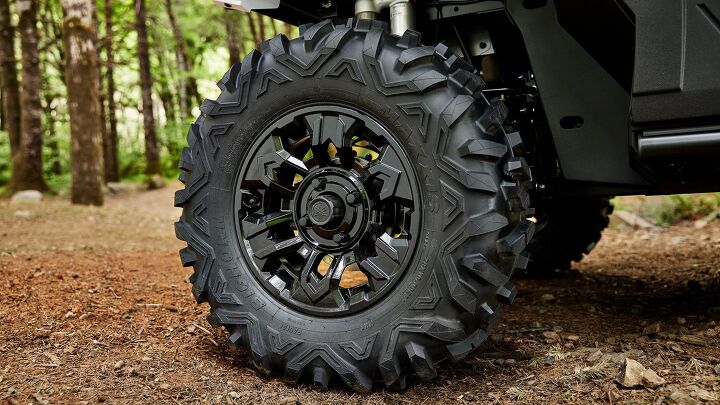

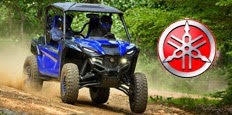






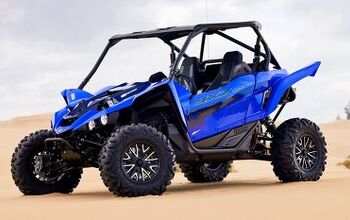
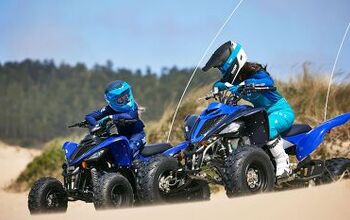
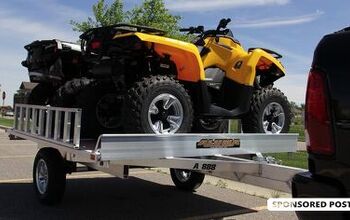
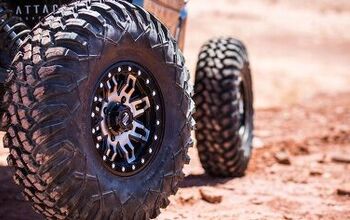
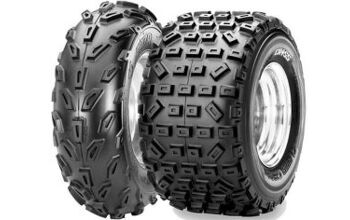
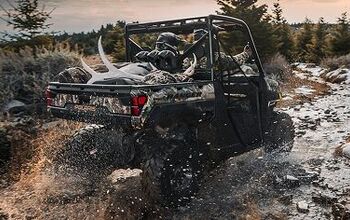
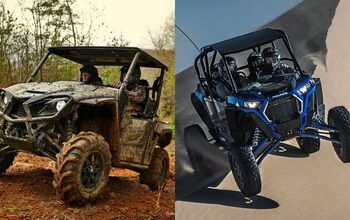
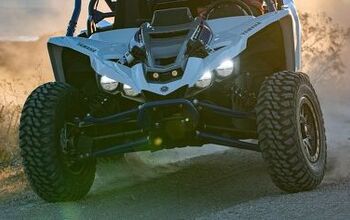
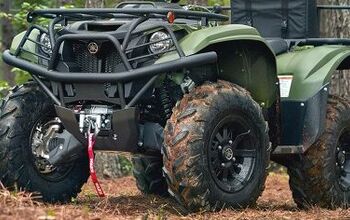
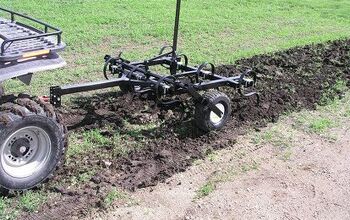
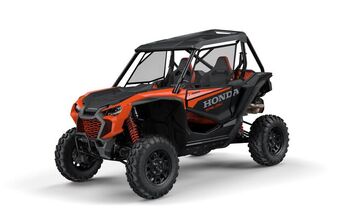
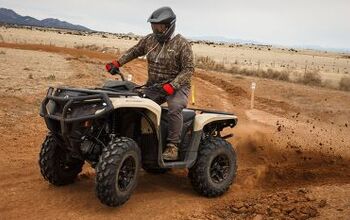
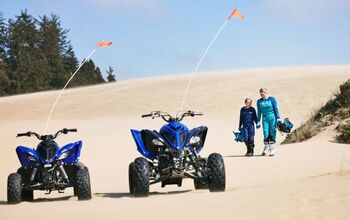

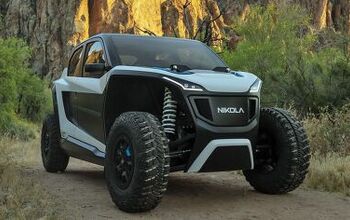
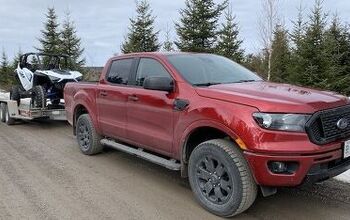
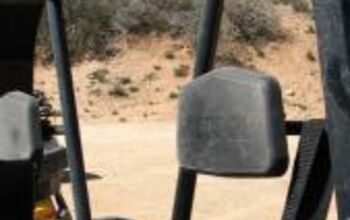
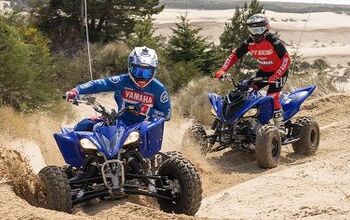
Comments
Join the conversation